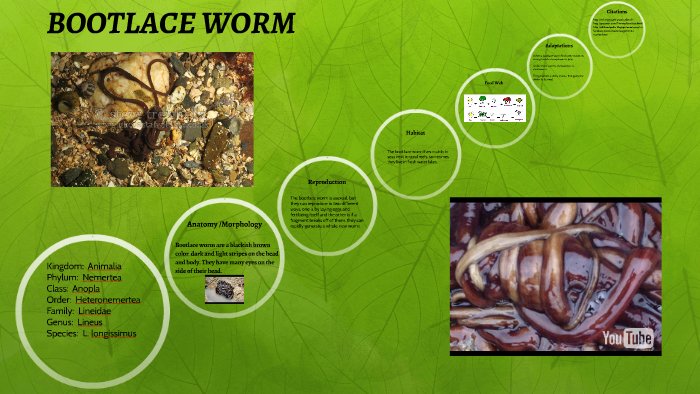
Let’s dive into this underwater dynamic and explore the fascinating world of bootlace worms and mussel beds. Picture a vibrant, intertwined ecosystem where each organism plays its part. Understanding these interactions can help us appreciate not just the beauty of marine life but also the delicate balance that keeps it thriving.
What Are Bootlace Worms?
Bootlace worms, scientifically known as *Lineus longissimus*, are among the longest animals on Earth. They can stretch up to 30 meters in length! These fascinating creatures are often found in shallow coastal waters, where they glide effortlessly through the sand and mud.
You might think of them as the slinkies of the sea. Their long, ribbon-like bodies are extremely flexible, allowing them to navigate through various substrates. They’re usually brightly colored, with shades ranging from green to pink, which can make spotting them a bit easier if you’re ever diving or snorkeling. Honestly, they’re like the jellybeans of the ocean—colorful and surprising!
What Are Mussel Beds?
Mussel beds are dense colonies of mussels that attach themselves to rocks, piers, or the ocean floor. These bivalves, usually draped in a dark shell, thrive in intertidal zones. They filter feed, drawing in water and filtering out tiny particles like plankton for nourishment.
Imagine a bustling marketplace where mussels gather side by side, forming a strong community. This setup not only helps them survive but also provides essential habitat for many marine species. Mussels trap sediment and organic material, creating a rich environment for various forms of life to flourish. They’re like the cozy neighborhoods of the sea, supporting many other creatures.
How Bootlace Worms and Mussel Beds Interact
The interaction between bootlace worms and mussel beds is a fascinating example of the ocean’s complex relationships. Bootlace worms often make their homes near or within these mussel beds. This proximity offers the worms a reliable food source, as mussels can attract various organisms that bootlace worms feed on.
Here’s the thing: bootlace worms have a unique feeding strategy. They secrete enzymes to break down organic material in their environment, which often includes remnants of mussels and other small sea creatures. Therefore, a healthy mussel bed can be a buffet for bootlace worms.
The Benefits of This Relationship
The interaction between bootlace worms and mussel beds isn’t just beneficial for the worms; it also serves the mussels well. When bootlace worms recycle organic matter, they help keep the ecosystem clean. This recycling process contributes to nutrient cycling in the sediment, which ultimately supports the health of the mussel beds.
Moreover, mussels offer physical protection for bootlace worms. Their hard shells create a stable environment, helping the worms thrive in otherwise harsh conditions. This protective relationship illustrates how interconnected marine life can be.
Potential Challenges in Their Interaction
While the relationship between bootlace worms and mussel beds is generally beneficial, challenges can arise. Changes in water quality, temperature, or human activity like pollution can impact both species. For instance, if the water becomes too polluted, mussels might struggle to filter feed, ultimately affecting the food supply for bootlace worms.
Additionally, invasive species can disrupt this delicate balance. If a non-native predator enters the ecosystem, it could threaten both bootlace worms and mussels, showcasing just how fragile this underwater community can be.
Conservation and Future Considerations
Understanding the interaction between bootlace worms and mussel beds is essential for marine conservation. Protecting these habitats helps maintain their delicate balance and ensures that both species can thrive. Many organizations are working to monitor and rehabilitate these environments to combat pollution and other threats.
You might be wondering about practical steps to take. You can support local conservation efforts, reduce plastic use, and advocate for policies that protect marine habitats. Every small action counts in preserving the health of our oceans.
The interaction between bootlace worms and mussel beds is a perfect example of nature’s complexity. These creatures, with their unique roles and relationships, remind us how interconnected life can be beneath the surface. By understanding and appreciating these connections, we can contribute to the health of our oceans and ensure that future generations get to marvel at their wonders.
So, next time you think about the ocean, remember the bootlace worms weaving through mussel beds, creating a beautiful tapestry of life. It’s not just a story of survival; it’s a testament to the intricate relationships that make our planet’s ecosystems so special. Let’s cherish and protect that beauty together!
